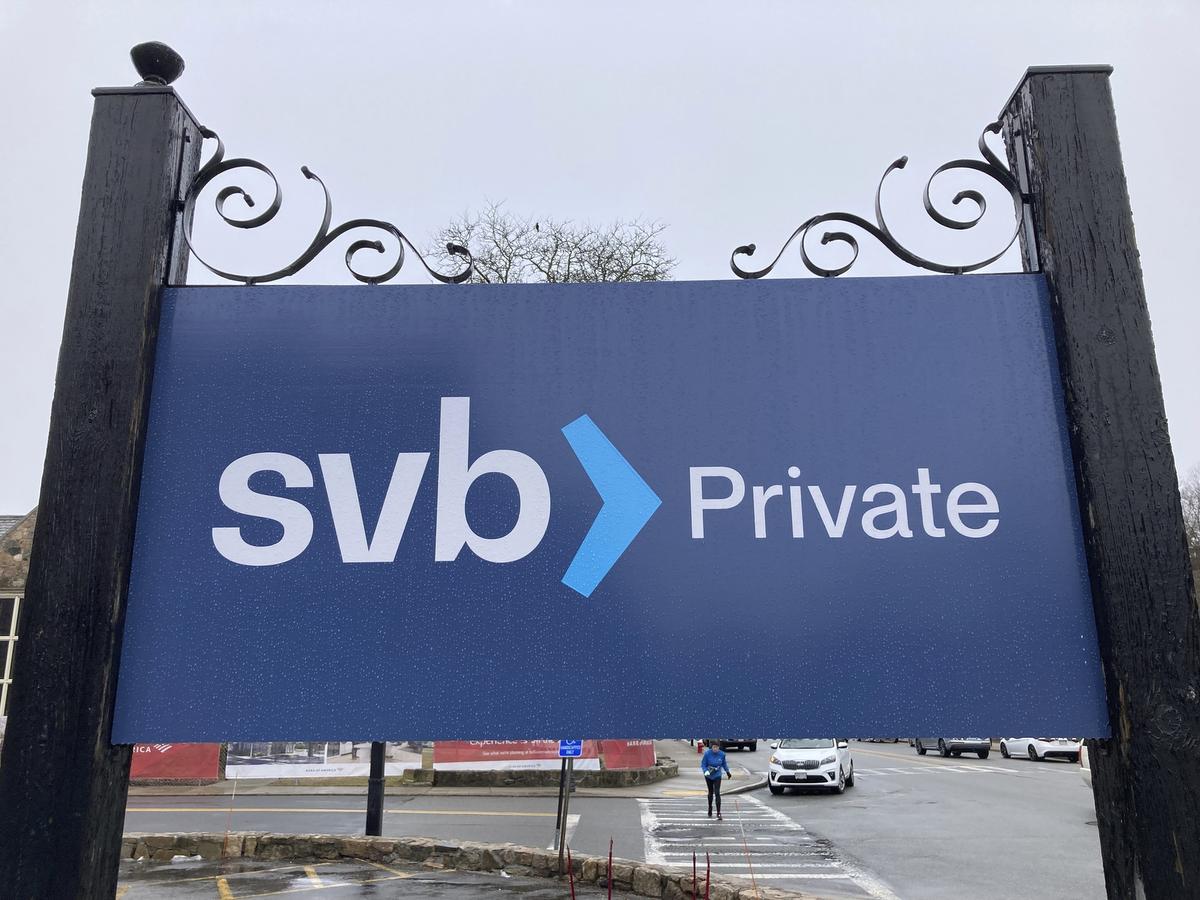
On the same day that regulators announced the closure of a second tech-friendly bank, US authorities announced comprehensive measures to fully rescue depositors’ money from bankrupt Silicon Valley Bank(SVB) and to promise other institutions to assist in meeting customers’ needs. Financial institutions, including the US Treasury, announced in a joint statement that SVB depositors will have access to “all of their money” beginning Monday, March 13 and that American taxpayers would not be liable.
Depositors in Signature Bank, a New York-based regional-size lender with significant cryptocurrency exposure that was closed down on Sunday after its stock price plummeted, would also be “made whole,” according to the US Federal Reserve, the Federal Deposit Insurance Corporation (FDIC), and the Treasury.
In another potentially significant event, the Fed said that it will make additional financing available to banks to assist them in meeting the needs of depositors, which would include withdrawals.
“We are taking decisive actions to protect the US economy by strengthening public confidence in our banking system,” the agencies said in their joint statement.
“The US banking system is resilient and on a solid foundation,” owing in great part to changes implemented following the 2008 financial crisis, which created new safeguards for the banking industry.
“Those reforms combined with today’s actions demonstrate our commitment to take the necessary steps to ensure that depositors’ savings remain safe.”
Keeping ‘Contagion’ at Bay
The FDIC insures deposits up to $250,000 per client and per bank. According to the Washington Post, federal banking law would empower the FDIC to protect uninsured accounts if failing to do so would pose systemic hazards.
SVB, a significant lender to startups across the United States since the 1980s, was taken over by regulators on Friday after a massive run on deposits rendered the medium-sized bank unable to stay afloat on its own.
Treasury Secretary Janet Yellen stated hours before the joint declaration that the government wanted to avoid financial “contagion” from the SVB disaster while ruling out a rescue.
With the bank’s viability and billions of dollars in deposits in jeopardy, officials from the three agencies raced to come up with a solution just hours before Asian financial markets opened to avoid a global panic.
According to Yellen, the US government wants ” to make sure that the troubles that exist at one bank don’t create contagion to others that are sound.”
She went on to say that the government was collaborating with the FDIC on a “resolution” of the problem at SVB, where about 96 percent of deposits are not covered by the FDIC’s reimbursement guarantee. Investors punished the banking sector as a whole on Thursday after SVB revealed the scope of its problems the day before, but by Friday, some major banks’ shares were up.
Despite US officials’ efforts to reassure financial markets, regional lenders remained under pressure. These included First Republic Bank, which fell about 30% in two sessions on Thursday and Friday, and Signature Bank, which lost a third of its value since Wednesday evening – and was closed down on Sunday. Despite global concerns, Tokyo equities opened lower on Monday, with the Nikkei 225 index down 0.92 percent.
There will be no bailout
Since Friday, there have been requests for a rescue from the tech and banking sectors. Yellen stated that due to changes implemented following the 2008 financial crisis, the government was not contemplating this option for SVB.
“During the financial crisis, investors and owners of major large banks were bailed out… and the changes that have been put in place imply that we will not do it again,” she said.
Shareholders and certain unsecured debtholders will not be protected, according to the authorities’ joint statement on the newest bank difficulties and attempts to protect depositors of SVB and Signature, and senior management has been terminated.
With the fall of Lehman Brothers in 2008 and the subsequent financial meltdown, US regulators mandated that large banks retain extra capital in case of problems. Regular “stress tests” are also organized by US and European authorities to find vulnerabilities at the top banks.
SVB’s fall is not only the largest bank failure since Washington Mutual in 2008 but also the second-largest failure for a US retail bank in history. SVB specialized in startup funding and had grown to become the 16th largest US bank by assets by the end of 2022, with $209 billion in assets and around $175.4 billion in deposits. The business had earlier stated that “almost half” of technology and life science companies had US money banked with them, prompting many to be concerned about the potential ramifications of its demise.
